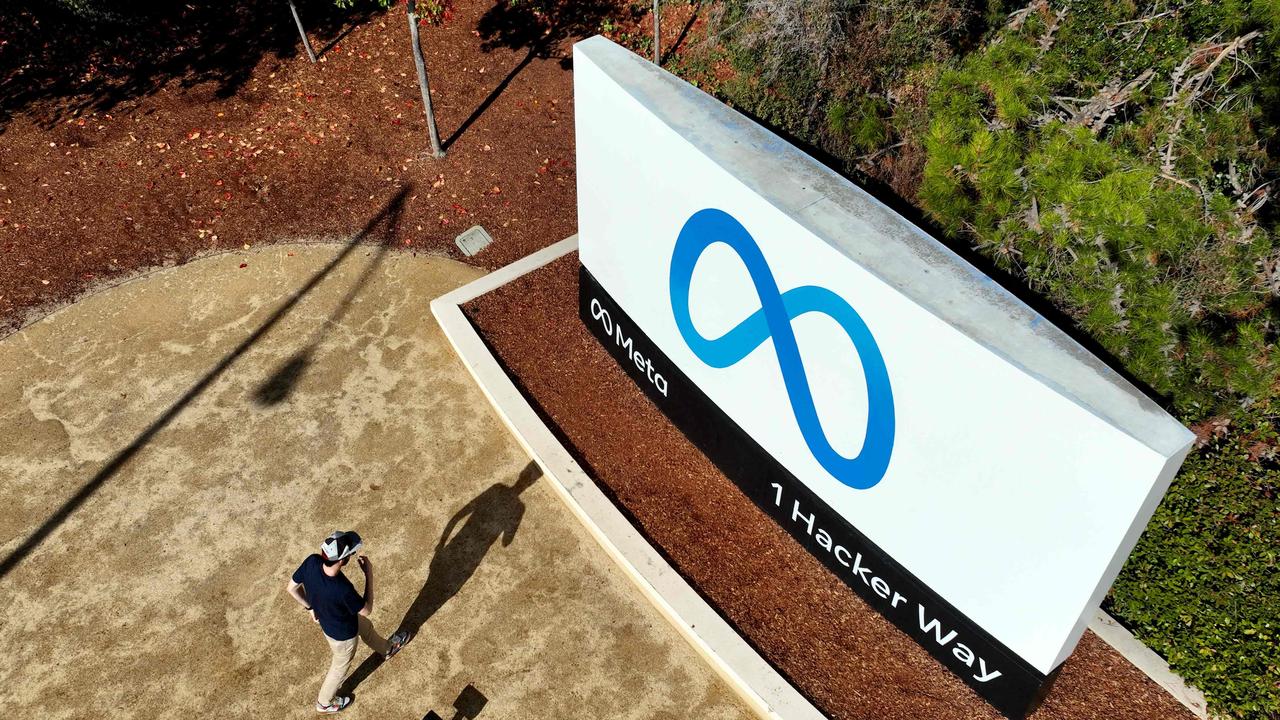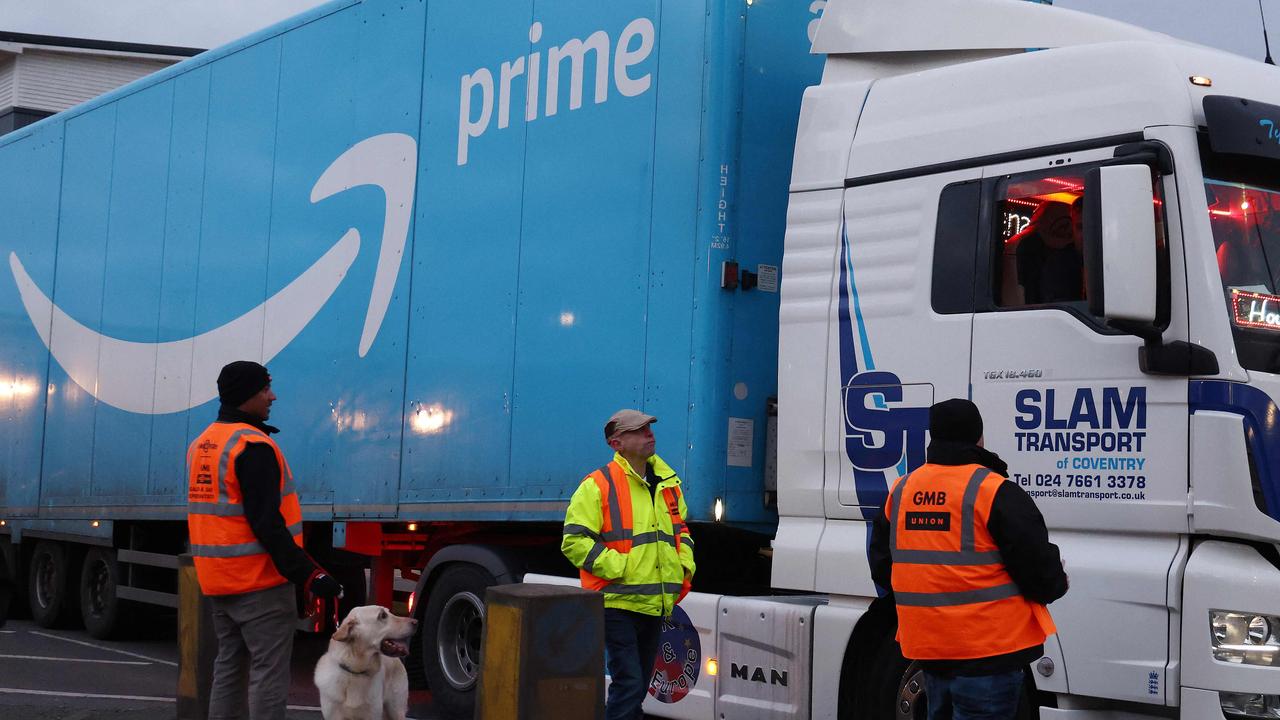‘Year of efficiency’: Mark Zuckerberg cuts 10,000 Meta jobs in major cost-cutting push
Meta boss Mark Zuckerberg has confirmed another 10,000 lay-offs — after firing 11,000 in November.

Meta, the parent company of Facebook and Instagram, announced overnight that it plans to lay off approximately 10,000 more employees as part of CEO Mark Zuckerberg’s latest cost-cutting push.
This expansion of the company’s restructuring effort came after about 11,000 job cuts last November.
As part of the restructuring, Meta will also close around 5,000 open roles and cancel lower-priority projects.
In February, Zuckerberg proclaimed 2023 as Meta’s “year of efficiency” and hinted that more staff cuts were likely.
However, the Meta CEO overnight confirmed in a memo titled “Update on Meta’s year of efficiency” that “org leaders will announce restructuring plans focused on flattening our orgs, cancelling lower priority projects, and reducing our hiring rates.”

This new estimate includes restructuring costs of approximately $US3-5 billion related to facilities consolidation charges, severance, and other personnel costs.
Zuckerberg has admitted that the company hired too aggressively during the pandemic-era boom in tech valuations.
The company’s worst year on record was in 2022, as it struggled to navigate a troubled shift toward costly metaverse technology despite sagging revenue and worsening economic conditions.
In his memo, Zuckerberg acknowledged that employees might be surprised by the latest cost-cutting announcement but warned that “this new economic reality will continue for many years” due to factors such as higher interest rates, geopolitical instability, and increased regulation.
“Higher interest rates lead to the economy running leaner, more geopolitical instability leads to more volatility, and increased regulation leads to slower growth and increased costs of innovation,” he added.
As part of its cost-cutting effort, Meta has begun an internal process known as “flattening” to remove layers of middle management at the company.

Middle managers are reportedly being given an ultimatum to either shift to a non-managerial “individual contributor” role or exit the company altogether.
However, Meta and its rivals have faced criticism over their hiring practices in light of the recent wave of lay-offs.
Among the vocal critics is billionaire tech CEO Thomas Siebel who stated that the job cuts clearly indicated that “craziness” was leaving the tech sector.
He argued that companies like Meta and Google had over-hired even though they “didn’t have jobs for these people.”
The announcement, however, has had a positive effect on investors, with shares rising almost 6 per cent in early trading.
The company’s stock has surged more than 53 per cent since the start of the year, primarily due to investors’ positive reactions to Meta’s belt-tightening efforts.

In an SEC filing, Meta said it expects to reduce its expenses for the year 2023 by between $US86 billion and $US92 billion following the job cuts, down from a previous estimate of $89 billion to $95 billion.
Meta’s latest cuts follow a cull of 11,000 jobs announced in November and is the latest in a series of mass lay-offs in the once-unassailable tech sector, which is facing a huge downturn.
Online retail giant Amazon said in early January it would cut more than 18,000 jobs, citing “the uncertain economy” and the fact it had “hired rapidly” during the Covid pandemic.
During Covid, Amazon had gone on a hiring spree to meet an explosion in demand for deliveries, doubling its global staff between the beginning of 2020 and start of 2022.
At the end of September, the group had 1.54 million employees worldwide.
On January 20, Google’s parent company Alphabet announced about 12,000 job cuts globally, citing a changing “economic reality”.
“Over the past two years we’ve seen periods of dramatic growth. To match and fuel that growth, we hired for a different economic reality than the one we face today,” CEO Sundar Pichai said in an email to employees.
Alphabet employed nearly 187,000 workers worldwide at the end of September 2022. The cuts represent a little over six per cent of its total workforce.
Microsoft announced that month that it too would lay off 10,000 employees in the coming months.
The cuts were “in response to macroeconomic conditions and changing customer priorities,” the maker of the Windows operating system said in a US regulatory filing.
The plan followed two smaller rounds of lay-offs in 2022, one in July affecting less than one per cent of the workforce and a second in October targeting under 1,000 people.

Just a week after his blockbuster takeover, Elon Musk sacked half of Twitter’s 7,500-strong staff in November as part of his major overhaul of the troubled company.
Workers around the world were shown the door and took to Twitter to vent their frustration or disbelief and say goodbye to one of Silicon Valley’s most iconic companies.
In late February, the New York Times reported that Twitter’s workforce has dropped since late October to 2,000 from 7,500 employees, counting lay-offs and resignations.
The cull is part of Musk’s push to find ways to pay for the mammoth $US44 billion deal for which he took on billions of dollars in debt.
And at the end of August, Snapchat’s parent company Snap let go about 20 per cent of its employees, around 1,200 people, in a bid by the photo-centric messaging app to confront fierce competition and revenue worries.
While its user numbers continue to grow -375 million daily users – it is saddled by diminishing profits and competition from other apps, such as TikTok.





